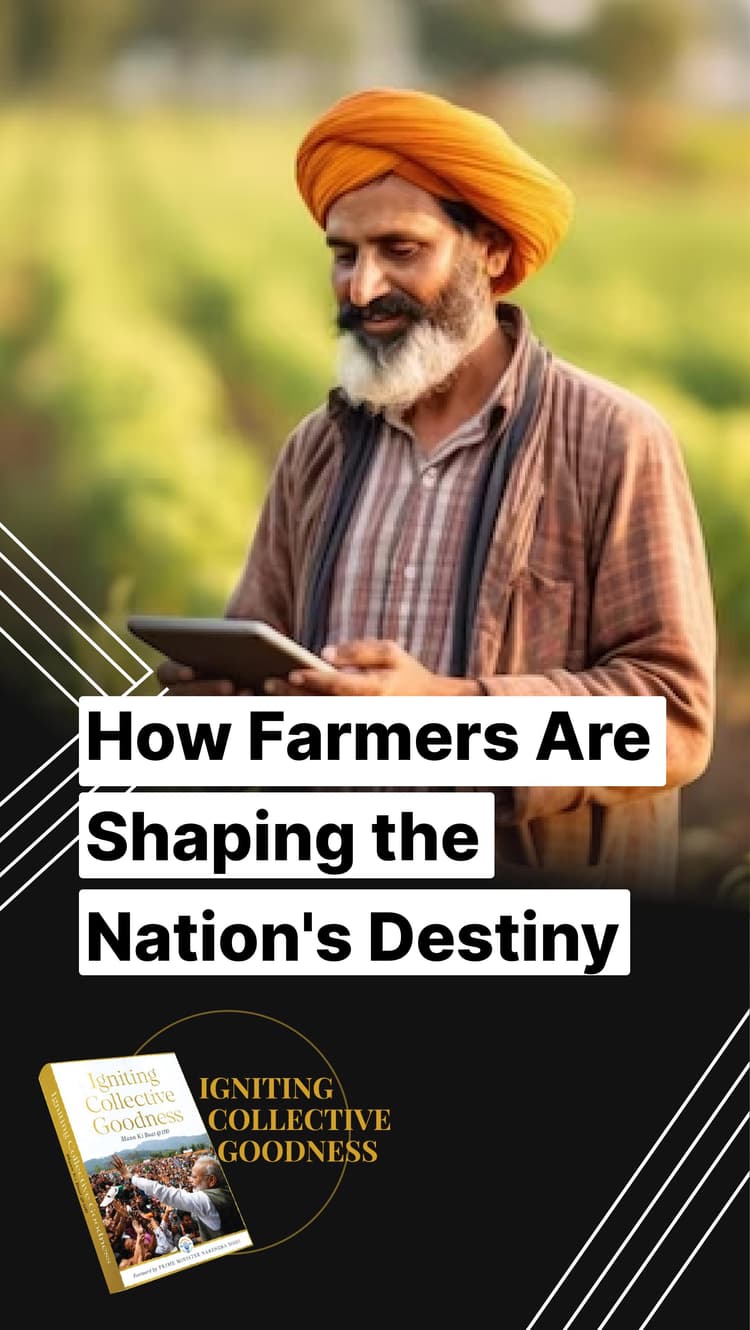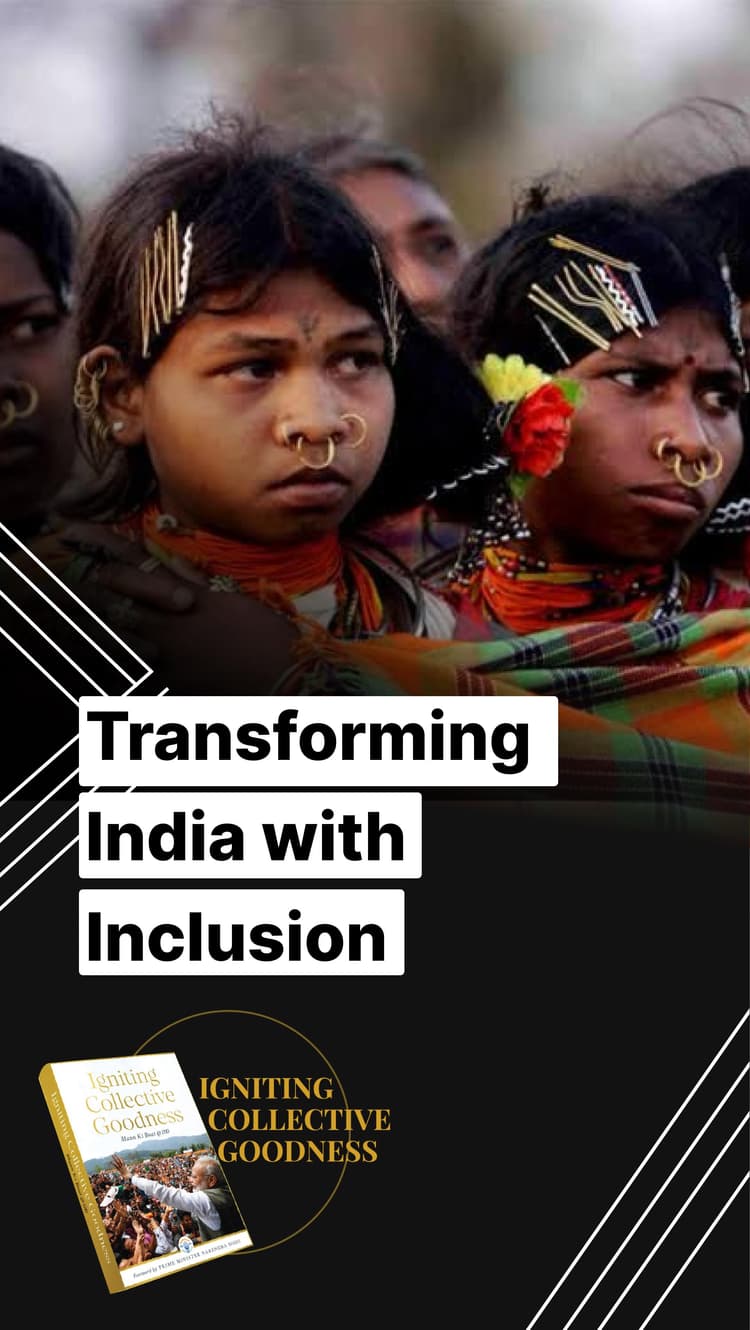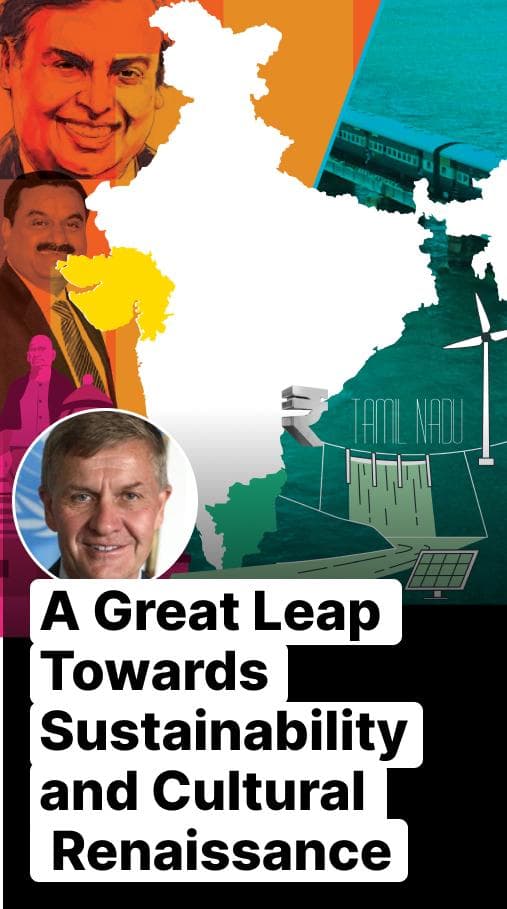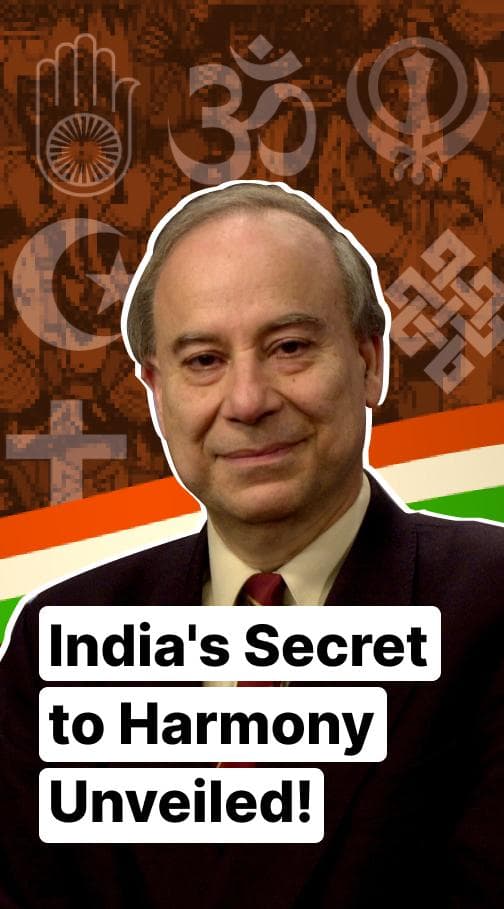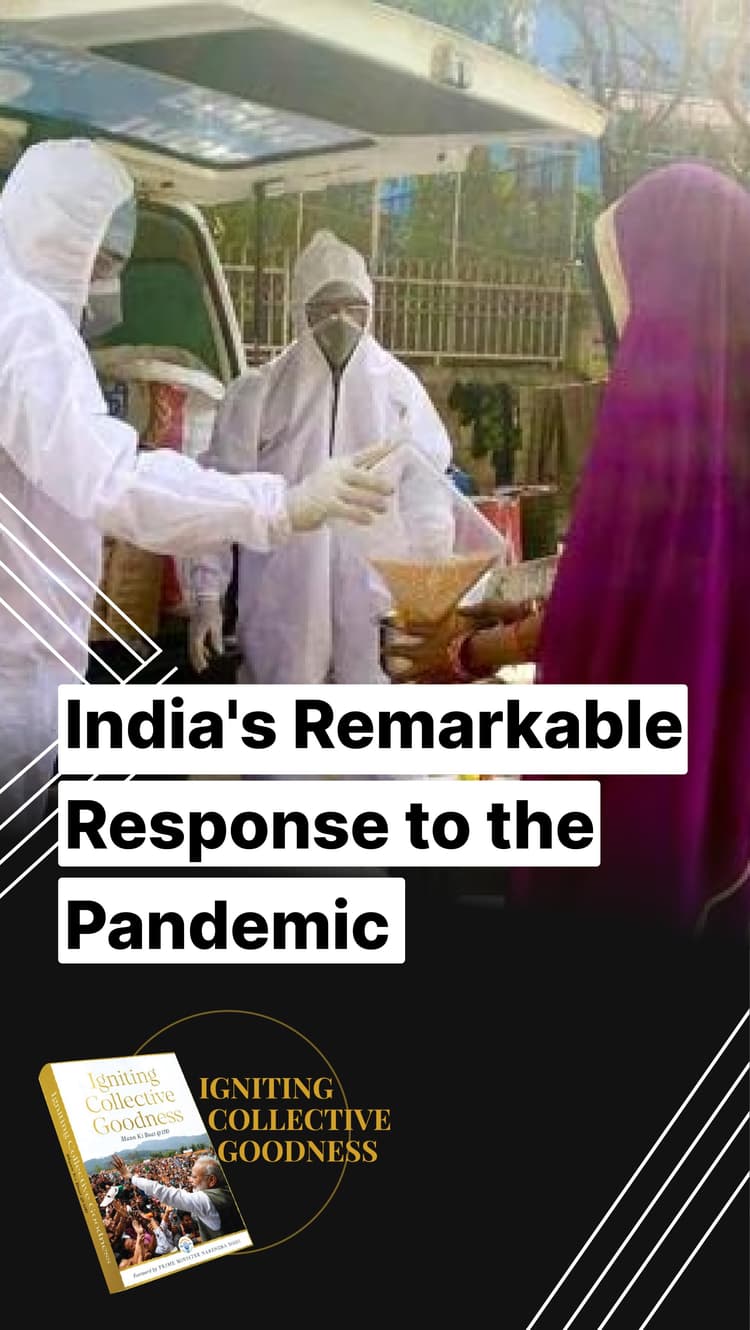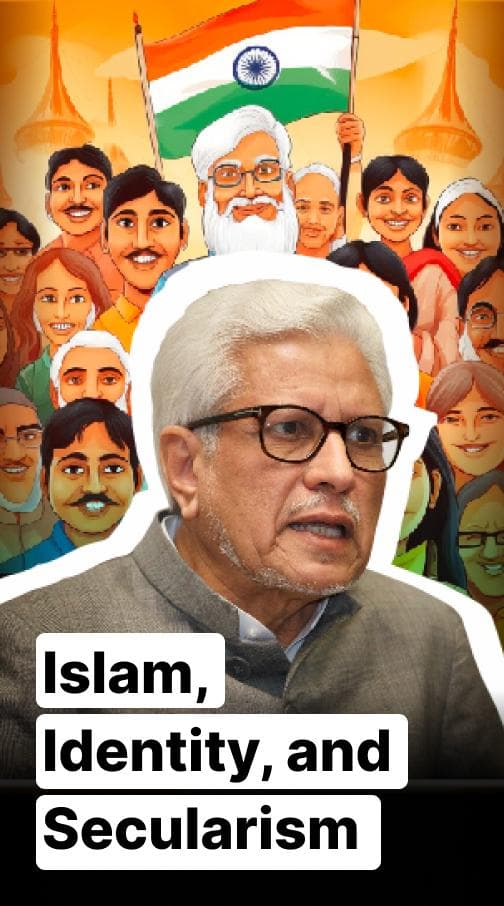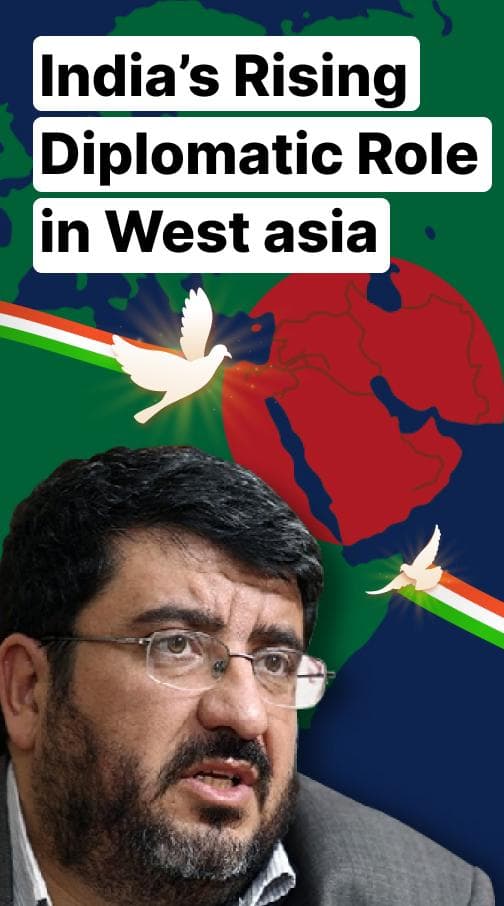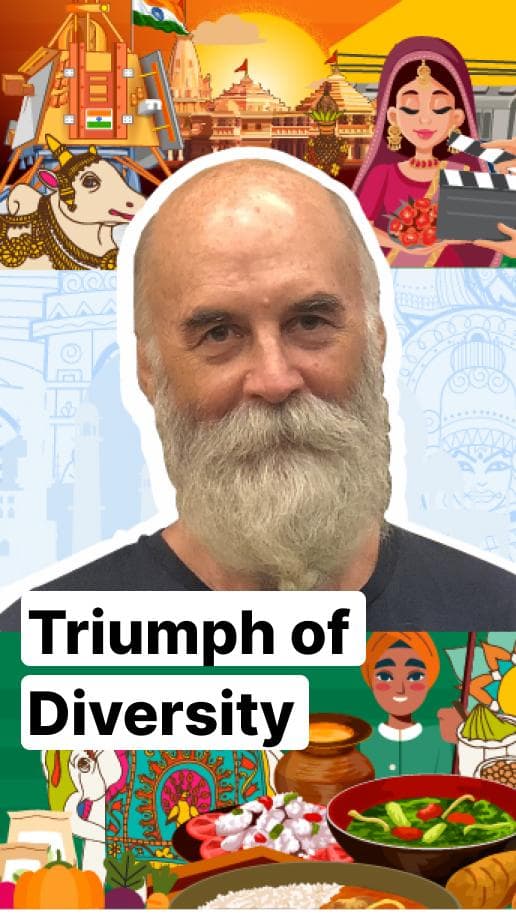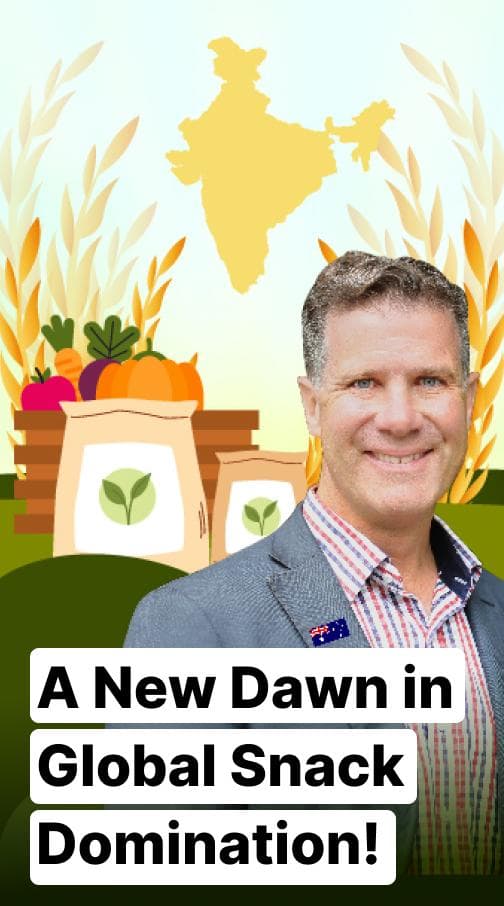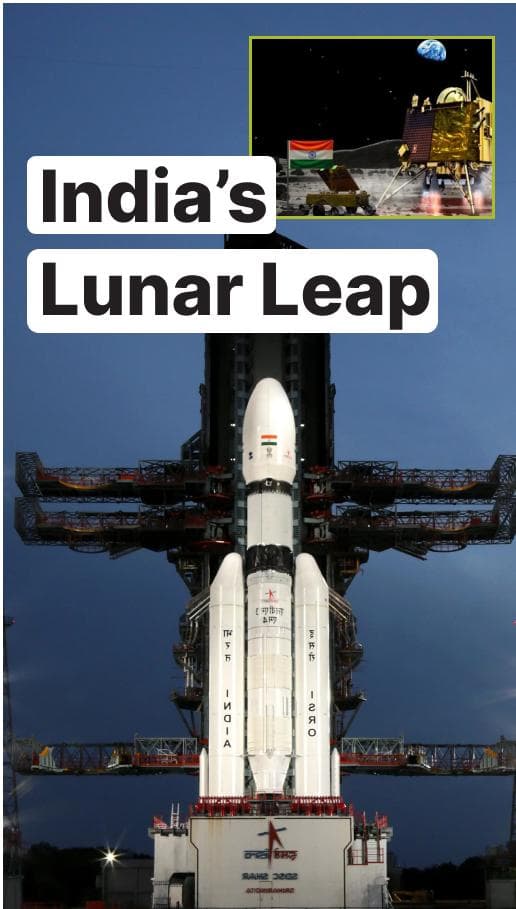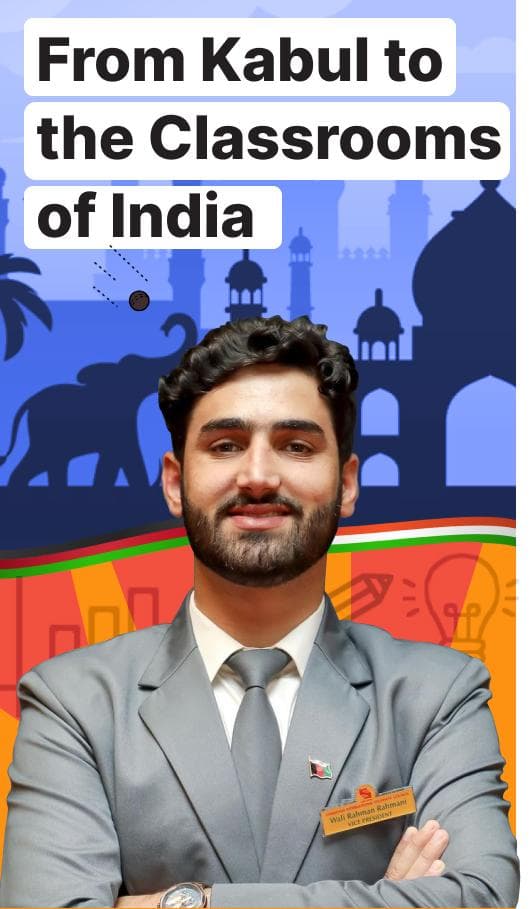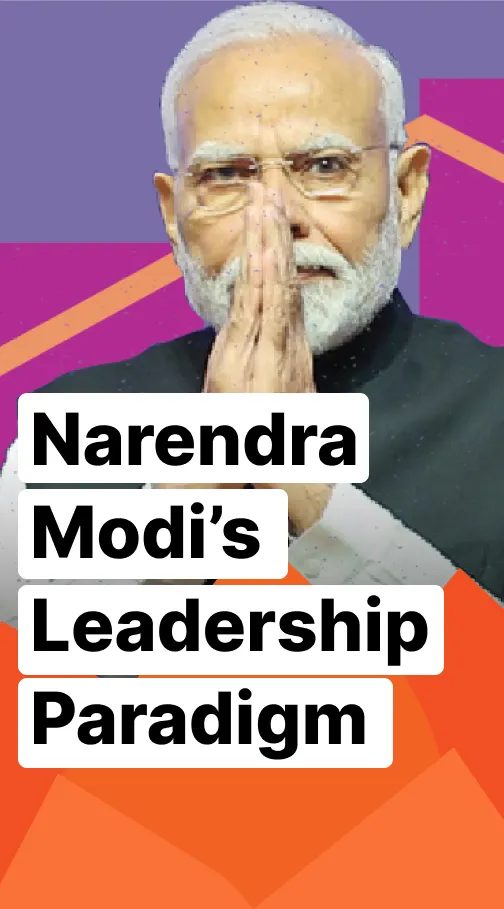The Undeniable Global Appeal of Indian Cuisine
Indian culinary heritage is diverse, delicious and a reflection of the nation's innovative spirit

Growing up in the West, I was raised on a bland diet of chicken tenders and mac and cheese. A friend of mine, whose family owned a small cosy house in New Hampshire, invited me to try Indian food. We were always scared and timid, not used to the flavours and aromas. One day, while playing a video game, my friend made a bet: if he beat me, I had to try Indian cuisine. It turned out to be the best bet I ever lost.
He then introduced me to chicken vindaloo, a dish bursting with spices and flavours I had never experienced before. I had no idea it was a Goan dish. I remember it vividly. Garlic naan came out, I dipped it in the vindaloo, took a bite, and closed my eyes. It was the most delicious thing I had ever tasted. I was cooking at the time, not as a chef, but I knew I needed to learn how to make something that good. My love and respect for Indian cuisine was instant. Love at first taste is real.
The following day, my friend needed some spices, so we went to a local spice shop. There, a petite Gujarati lady named Indira saw me looking confused and offered to let me try something. She prepared ‘sooji sabzi’, a dish I had never heard of, and after one bite, I was in love, again. Indira became my first mentor. I followed her for six months, showing up every day, and asking her to teach me to cook. This was the beginning of my journey into Indian cuisine. From that moment on, I was hooked.
I spent a lot of time with Indira and learning about Indian cuisine. After she retired, I found myself wanting to learn more, never imagining I would cook Indian food for others, as it was just a hobby initially. But in 2020, everything changed. I decided to sell my non-Indian restaurants and dive headfirst into my passion for Indian cuisine. That’s when I met Dr Kurush Dalal, an archaeologist and food historian, who offered an online class called "Food and Politics," during the COVID-19 pandemic. It opened my eyes to the profound connection between food and politics, reshaping my perception of cuisine in ways I never imagined. Alongside brilliant minds like Raghini Kashyap, Founder of Third Culture Cooks and my friend Ishaan, who became like family, I delved into a world of culinary exploration.
Learning with people who know more about food than I ever will, was humbling and incredibly rewarding. Their deep understanding of the historical context of food transformed my approach as a chef. By understanding the origins of dishes and the cultural significance behind them, I discovered a newfound appreciation for the food I prepared. Cooking became more than just a skill—it became a way to honour the rich history and traditions embedded within each dish, enriching the dining experience for those I served.
I believe that if people from the West visited with an open heart, they would fall in love with India as I have. Recently, I visited Mumbai for two weeks to work on a documentary-style show with Dr Kurush and Ishaan, both based in the city. Vibrant and alive, Mumbai has little sections of communities, similar to the boroughs in New York. One of the things that immediately captivated me was the sense of community that thrived in Mumbai, and it is something I feel is lacking in the West. This experience deepened my love for Mumbai and all of India. One of the highlights was the ‘Koli’ community of fishermen, who have been providing top-quality seafood for generations. Exploring the fish markets and understanding the deep, rich culture of this community was incredibly inspiring.
Indian food is rooted in some of the most beautiful and challenging historical events. As a chef with an interest in history, I see Indian cuisine through multiple lenses. And, modern Indian food isn't what we might call "authentic." Take gajar (carrot), potato, and chillies, for example, which were brought to India by the Portuguese. The essence of Indian food isn't about strict authenticity. It's about the incredible spirit of the Indian people, who took elements from a series of colonialism and transformed them into something beautiful. A great example is masala chai. Tea wasn't something India sought; the British introduced it. But Indian people, with their ingenuity, added spices like cardamom to create the best chai in the world. Another example of predominant innovation and acceptance in Indian food is vada pav, which didn't exist a thousand years ago. It was created when textile workers needed a quick meal. This spirit of jugaad, or innovative problem-solving, is the most beautiful aspect of Indian cuisine, also making it the best in the world.
In the West, Indian food has often been reduced to dishes like butter chicken, chicken tikka masala (which isn't even Indian by origin), and naan (a Persian bread). These are usually lumped together in buffets, giving a misleading impression of Indian cuisine. This approach cheapens the cuisine, making it look less sophisticated than it truly is. However, when you study history, you realise that Indian cuisine is the food of gods, kings, and royalty. Spices were once traded as currency, with black pepper even being called "black gold." The technicality and layering of flavours in Indian dishes are remarkable, requiring skills that should be praised just as much as French cuisine. Having studied both French and Indian cuisines, I can confidently say that learning Indian cuisine is much harder.
Diversity is a cornerstone of Indian cuisine. People from various religions and communities, coexisting in harmony create a culinary tapestry that is vibrant, rich and delicious. As one of America's most prolific and successful chefs and restaurateurs, Chef José Andrés, says, diversity allows us to build longer tables, not higher walls. For instance, dishes like biryani, rooted in the Mughal empire, vary significantly across India. Whether it's the Hyderabadi Biryani, Kacchi Biryani, or Thalapakatti Biryani from the south, each region has its unique take, sparking lively debates on which version is best. Opinions on food in India are strong and passionate, fostering camaraderie and innovation.
The world is just starting to wake up to the incredible flavours of the Indian subcontinent, beyond the typical North Indian staples, appreciating the depth and complexity of true Indian food. In the past three to five years, we've seen a significant shift in the West with amazing chefs like Chintan Pandya from Dhamaka and the world-renowned Vikas Khanna, who recently opened restaurant Bungalow in New York City. These chefs are showcasing Indian food that goes far beyond butter chicken.
There's an interesting parallel between Indian cuisine's journey in the US today with Italian cuisine’s journey in the 1800s. When Italian immigrants began opening restaurants, their food was initially unpopular. Early food critics in the late 1800s and early 1900s often dismissed Italian cuisine as "too spicy." Now, of course, Italian food is beloved across America, and everyone has a favourite pasta dish they grew up with. I see a similar trajectory for Indian food today. Krishnendu Ray, a professor in New York and author of "The Ethnic Restaurateur," also draws this parallel.
Contrary to common misconceptions, Indian cuisine is rich and varied, and not always spicy. For instance, Idli and coconut chutney aren't spicy. Even in Mumbai, I rarely found truly spicy dishes. Americans often confuse "spicy" with "spice." Spices, like garam masala, are fragrant, while "spicy" refers to chilli heat. Some dishes, like Misal Pav, are spicy, but many aren't. One of the key education points for Indian cuisine to grow in popularity is clarifying this distinction. Western Indian restaurants often water down dishes to suit perceived tastes, which I believe is a mistake. When I cook for Americans, I don't let them choose the spice level and serve the dish as it's meant to be. We should stop apologising for the food and start presenting it authentically, just as it is. This approach will help more people appreciate the true depth and variety of Indian cuisine.
In the last decade, America has seen a "foodie" movement where people explore and critique restaurants. However, I’ve found that India has true foodies. Desi aunties and mothers create incredible dishes daily, rolling out fresh chapati and making dals that would bring tears of joy to anyone in the West. This everyday culinary mastery reflects the average Indian's profound food passion and knowledge.
Twelve years ago, I started "The Farmer's Dinner," a series of dinners held directly on farms in beautiful New England. It is a way to show my deep appreciation for farmers, whom I consider the true heroes of every community. Farmers are essential—no farms, no food, as seen in India and everywhere else. Three years ago, I began a new project called ‘Aatma’. The name, deeply significant to me, means "soul" in Sanskrit, representing the pure expression of oneself without former identity. This name came to me during a period of deep reflection after my mother passed away. Cooking became a way for me to process my grief, much like how many parents in India use cooking to express emotions without words.
Aatma was born from this realisation, and cooking Indian cuisine became the comfort that connected me to my mom. Indra, my mentor, often said that emotions affect food. I finally understood that each dish carries our heart and soul, nourishing those who eat it - a belief common in India. At Aatma, we educate and nourish, showcasing India's regional cuisine with lesser-known dishes and ingredients through thali-inspired tasting menus.
Ingredients are crucial for any cook. In India, fresh produce is abundant. Unlike the States' corner stores, India’s vibrant vegetable markets offer unmatched quality, taste, ripeness, and variety. This makes cooking in India an entirely different experience. Something as simple as making chai with the best elaichi (cardamom) feels like a revelation. The difference in the quality of spices is astounding. As Indian cuisine continues to grow across the world, there's a massive opportunity to capitalise on its rich produce of food and spices.
Earlier this year, when the Indian government temporarily halted the export of all rice except basmati, it quickly affected Indian grocery stores in the U.S. They put up signs limiting purchases of popular varieties like ‘Sonamasuri’ and 'Siraga Samba’ rice. This situation highlighted how global climate changes can impact food supplies, underscoring the need for countries to adapt and collaborate.
India has a remarkable ability to pivot food exports based on global demands. For instance, during the American Civil War, Indian textile workers ramped up cotton production and exports, leading to the creation of dishes like vada pav for the workers. This adaptability is a consistent strength. However, climate change poses a pressing concern for crops like rice, necessitating the development of climate-resilient varieties and balancing exports with domestic needs. Looking ahead, global food security will require cooperation over competition. India and the U.S., as two of the world's largest democracies, can set an example by working together to ensure sustainable and equitable food supplies, learning from and supporting each other.
Additionally, as the West embraces more desi flavours, it sets trends that ripple across the globe about Indian food's undeniable appeal. The spice market especially is poised for significant growth. However, Chefs like me are always on the lookout for more spice partners within the diaspora who are willing to collaborate with us. As a small company, our goal is to expand and work with more spice suppliers to bring high-quality ingredients to our customers. By forging these partnerships, not only can we continue to grow as a company, but we can also support our friends in the industry—those who own larger Indian restaurants—to access top-notch ingredients. There's so much potential in this space, and I'm hopeful that our efforts will bear fruit in the future.
In the Taste Atlas global rankings this year, Indian cuisine reached the top 11, with naan ranking as second second-best bread worldwide. However, these rankings are subjective and meant to spark conversations rather than reflect true preferences. I love Indian cuisine, but understand others may not. Interestingly, naan, often associated with Indian cuisine in the West, isn't even a top 10 bread in India. It's a celebration bread, not typically made at home like Paratha, Malabar Paratha, Rotli, Chapati, and Mumbai Pav. Naan, influenced by Persian bread, is popular due to social media exposure.
The West has barely scratched the surface of Indian sweets. I chuckled when I saw Ras Malai in the list of Cheese-based desserts of Taste Atlas. The skill required to make sweets like Gulab Jamun or Rasmalai is immense, yet good Indian sweets are rare in the U.S. outside of places like Jackson Heights in New York. I realised this after tasting Cham-Cham in the USA and then in India. This gap highlights a huge opportunity to introduce authentic Indian sweets globally. I hope that in the next decade, Indian sweets will dominate global rankings and pastry chefs will explore these incredible flavours, changing the world of desserts.
In addition to common people, there is a growing curiosity among chefs in the Western world about the true diversity and flavours of Indian cuisine. An excellent example of this shift is Chef Vijay Kumar from ‘Seema’ in New York, who has earned a Michelin star for his focus on traditional South Indian flavours. Seema is celebrated as one of the best restaurants in New York City, not just among Indian eateries but across all categories. I've had the privilege of dining there twice and spending time with Chef Vijay. His lamb sukka, which tastes just as it would in Kerala, is a testament to his remarkable skill. His humility and dedication are inspiring.
This shift in perspective is encouraging more people to explore Indian cuisine beyond the usual buffet line. I'm honoured to be part of this movement, aiming to showcase the richness of Indian food to the world. I often hear the voices of mentors like Indira and Dr Kurush encouraging me to keep pushing forward.
The future is bright for Indian cuisine lovers. For young aspiring cooks in India who might doubt their career path, if you have passion, focus, and dedication, there's a place for you in the world. I feel blessed to be part of this journey and am committed to spending the next 30, 40, or 50 years sharing the beauty of Indian cuisine with the world.




